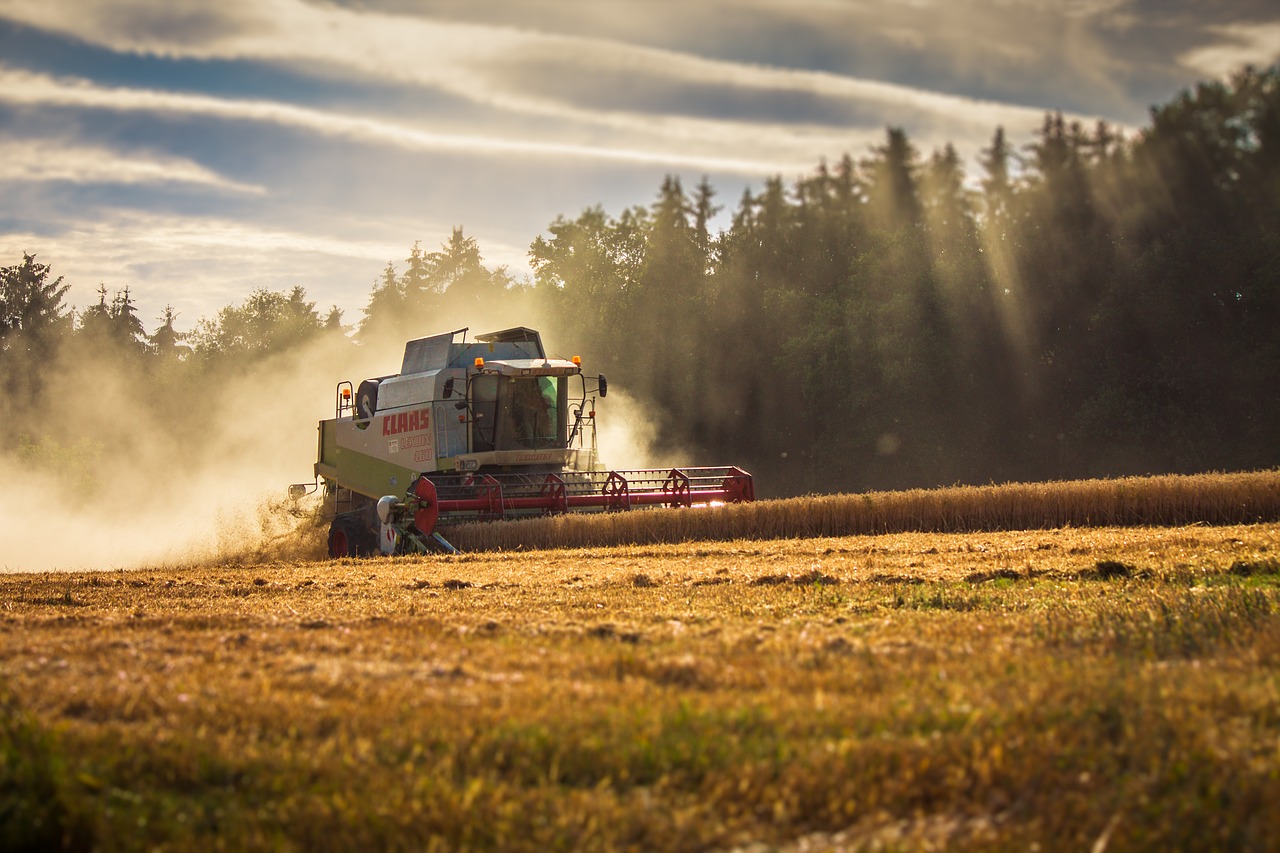What happens to the prices of rice, olive oil, coffee and cocoa

Not just rice: on global markets, agricultural goods are experiencing a sharp rise in prices. Because the inflation of agricultural goods is worrying. Sergio Giraldo's analysis
Agricultural commodities on world markets are experiencing a price boom that is reaching worrying levels. Inflation in Europe fell to 2.9% in the euro area in October, but if we look at the food sector alone, this recorded a +6.3% in October. The drop in inflation was almost entirely due to the collapse in energy prices, while there is great tension on food goods.
RICE
When it comes to rice , for example, India, the world's largest exporter, is struggling with a below-expected harvest. An 8% drop is estimated for this year. Already last July, Prime Minister Narendra Modi's government had introduced an unusual limitation on exports of non-basmati rice, which had increased prices and made imports from third countries tax-advantaged. The move was aimed at limiting price increases in India's domestic market, where rice is a key staple of the diet. The Indian crisis is reflected in the prices of all the major producing countries. The price of rice from Vietnam has reached $645 a ton, the highest in the last 15 years.
In addition to the poor harvest, any extension of export curbs from India could cause world market prices to remain high, if not rise further.
THE OLIVE OIL
Olive oil is also a concern. Again, it is the poor harvest that causes a surge in prices. Spain, in particular, which is the largest producer (40% of world production), will see a harvest reduced by a third compared to the average of recent years. The cause of the poor harvest is the drought that has hit the south of the country for two years now. The 2023/2024 harvest therefore promises to be expensive and prices will remain high at least until next summer. In Spain, the wholesale price reached 8,600 euros per ton, +155% compared to two years ago. In Italy the price reached 9,100 euros per ton, and has now fallen to 8,700 euros/tonne, equal to +58% compared to a year ago.
THE COFFEE
Coming to coffee, two days ago the Intercontinental Exchange (ICE) issued a report in which it certified that in its warehouses there are 380,033 60 kg bags of arabica coffee, the lowest level in the last twenty-four years, i.e. since the regulation futures physics is permitted at ICE.
This means that on the market prices incentivize traders not to keep stocks in stock but to sell the product on the market, also due to high interest rates which discourage short-term debt to accumulate stocks. Despite still having a price within a non-worrying range, around $1.64 per pound, the upward trend is very marked and heralds a significant increase, which could occur in the coming weeks. Above all, Honduras and Brazil are the producing countries that could start a race to increase prices.
COCOA AND OTHER AGRICULTURAL PRODUCTS
Cocoa is also in the running, having achieved a record price of 3,385 pounds per ton in London a few days ago. The beginning of the rise in cocoa prices dates back to August 2022 and since June 2023 a new historical price record has been recorded every month, but these days the rise is becoming vertical. The decline in production in Côte d'Ivoire and Ghana is influencing prices, in the face of demand that shows no signs of decreasing.
Sugar is in a phase of price boom, having reached 27.6 cents per pound (for raw sugar), the highest in the last eleven years. In fact, there are drops in the availability of the product, especially in Brazil, one of the major exporters, while there is an increase in demand. In October 2.88 million tonnes left the South American country, compared to 3.1 million tonnes in October 2022.
Finally, concentrated orange juice reached an all-time high on the ICE market three days ago, reaching $4.17 per pound. It is a much smaller market than others, therefore easier to move with the necessary capital. However, fundamentals remain on the upside, due to a disease that has affected plants and makes much of the crop unusable. It is a bacterium that feeds on tree sap and is transported by a tiny insect, the psyllid. The United States, Brazil and Mexico have been massively affected.
The impact on the shopping cart of all these price increases has already partly occurred, and partly will be seen later. Meanwhile, in the European Union there seems to be a tendency to exacerbate problems rather than solve them. The issue of packaging relating to food, among other products, seems designed to increase the burden on citizens' wallets. The legislation that risks being approved in the next few weeks, in fact, will lead to an increase in the cost of packaging, particularly in Italy, which is far ahead on recycling but behind on re-use (which is instead what the EU wants to impose).
With exceptional timing, Brussels once again stands out for exacerbating problems rather than solving them.
This is a machine translation from Italian language of a post published on Start Magazine at the URL https://www.startmag.it/economia/merci-agricole-inflazione/ on Sat, 02 Dec 2023 06:39:33 +0000.
